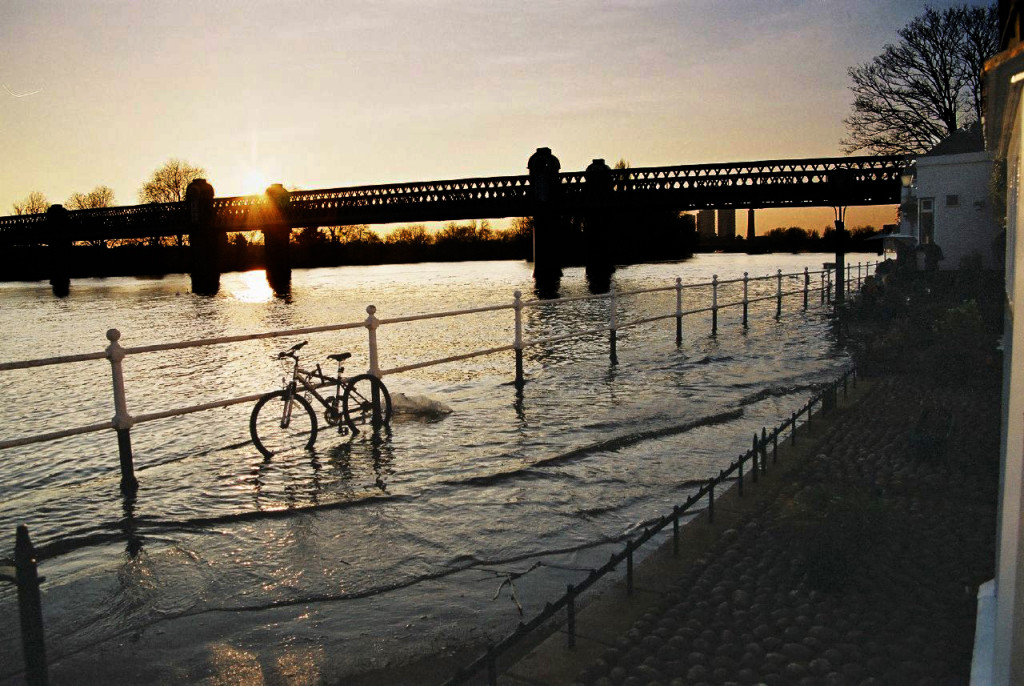Thames Tideway Tunnel London: a landscape architect’s view

Like all Londoners, I expect to have to pay £80/year for the rest of my life for the Thames Tideway Tunnel. The ‘supersewer’ will run under the north shore of the river in Central London. Is this a good deal for Londoners? No. Could landscape architects have offered an alternative solution to the problem? Yes.
Martin Blaiklock, an expert in infrastructure finance examined examined the proposal and reached the conclusion that a Sustainable Urban Drainage Systems (SUDS) approach would:
- be quicker to implement, thereby meeting EU requirements by an
earlier date (and hopefully avoiding any fines which might be imposed); - lower financial risk: with SUDS the risk will be spread across a series
of projects, not just one, and the funds to be raised are individually
smaller and could be spread over a number of years; and - create more jobs: tunnels provide limited job opportunities, whilst a
series of SUDS could employ larger numbers of (less skilled) workers.
It was a great opportunity for the landscape architecture profession, as experts in the design of SUDS, to publicise the way in which London could be retrofitted with a sustainable drainage system. Storm detention, infiltration and evapo-transpiration facilities could have become a major income generator for public and private open spaces. Some buildings would need flood-proofing, as at Strand-on-the-Green in West London. See also: Blue Green UK – Promoting the use of Best Technical Knowledge to support Blue-Greening in our cities. The key point is that most of London has a combined surface and foul water drainage system. In can cope most of the time but when there is exceptionally heavy it overflows into the Thames. If the flood waters could be managed near to where they fall (by source control) the system would not become overloaded and the Thames would not be polluted by raw sewage.
On 27.11.2014 the Guardian reported that ‘Professor Chris Binnie, who chaired an assessment team that supported the super sewer a decade ago, is now questioning its value for money as diggers prepare to move in. “The tunnel will do what it says it will do. But it is almost certainly a stupendous waste of money for very limited benefit”’. Binnie went on to explain that ‘Since the tunnel was chosen, in the intervening 10 years, technology has moved on much and techniques such as sustainable drainage systems, real-time control of sewer flows, floating booms to retain floating litter, sewer separation and the like have been developed and are now widely used elsewhere’. Private Eye further explained that Thames Water Utilities ‘has recently given plum jobs to some important government chaps (all chaps, of course) who originally gave permission for the tunnel’.
In 2015 the Mayor announced the London Sustainable Drainage Action Plan. If this initiative had been taken 25 years ago, when UK landscape architects became concerned about sustainable urban surface water management, there would have been no need for the Thames Tideway Tunnel.
